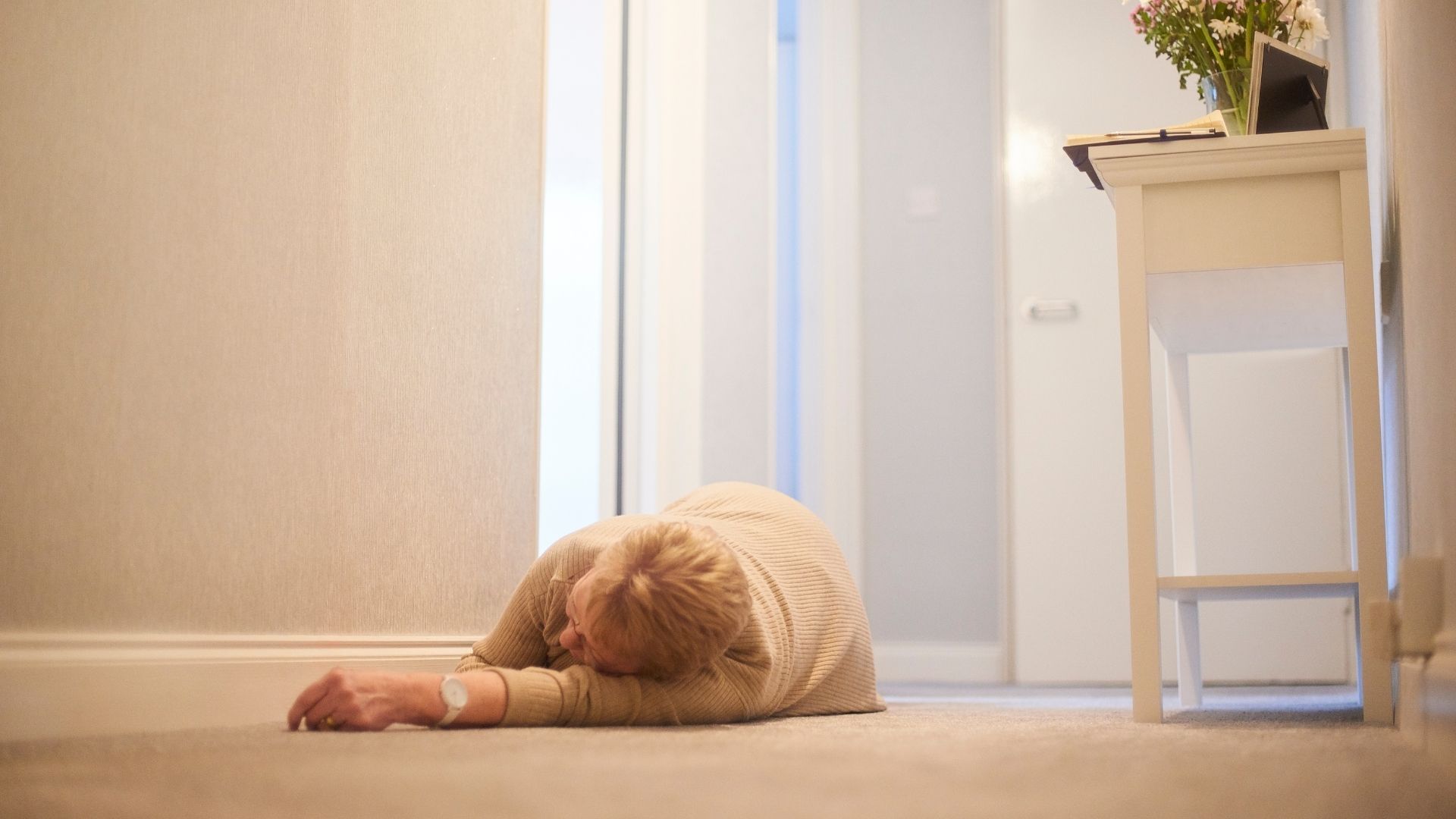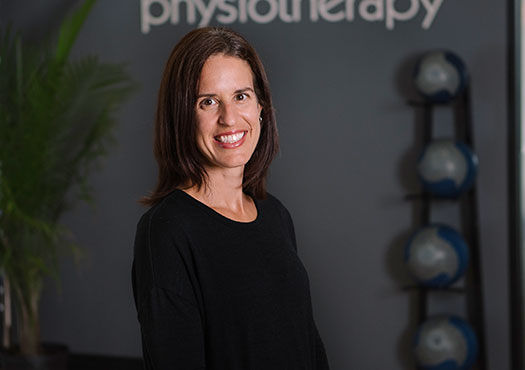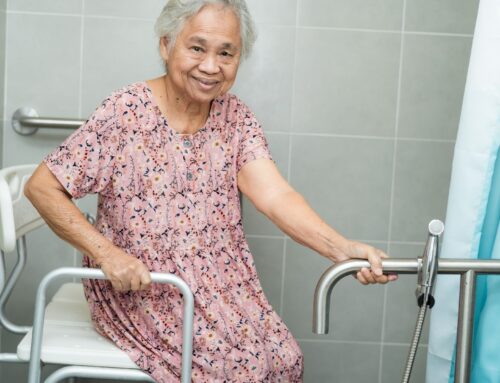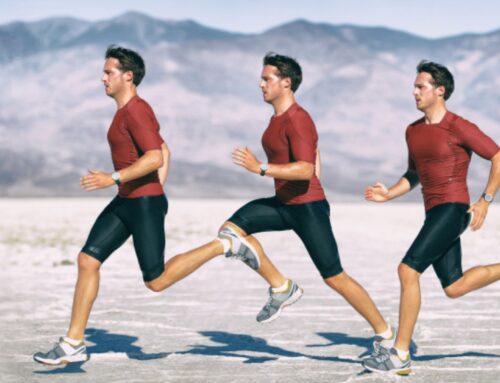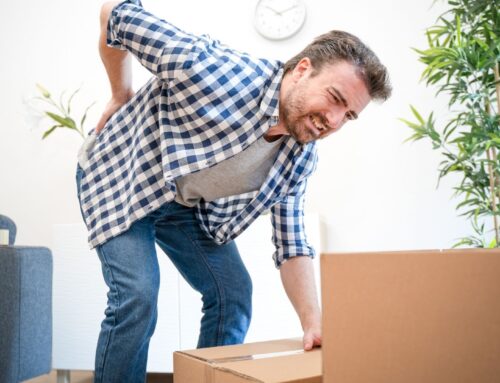Falls are the most common cause of injury among older Canadians with an estimated 1 in 3 seniors aged 65 and older falling at least once.[i] The injuries that result from falls often lead to hospitalizations and increased disability and mortality. Injuries often include fractures in the hip, pelvis or wrist area which can develop into chronic pain, decreased mobility and decreased independence.
The personal and economic consequences of falls can be mitigated through fall prevention strategies. Fall injury prevention includes strategies, recommendations and therapeutic approaches that help to minimize the incidence of falls. In this article we will explore the risk factors around falls and falls prevention strategies.
Who is Most at Risk for Falls?
Most falls occur as a result of multiple factors that affect a person’s ability to maintain balance. These factors are a complex interaction of biological, behavioural, socio-economic and environmental risk factors.
- Biological risk factors include those related to the human body, the natural aging process and health conditions. These risk factors include acute illness (e.g., urinary tract infection), balance and gait deficits, chronic health conditions (e.g., neurological disorders such as Parkinson’s, diabetes, arthritis), cognitive impairments, low vision and muscle weakness and reduced physical fitness.[ii]
- Behavioural risk factors include the actions, emotions and choices of the individual. These include the compliance to use an assistive device such as walker or wheelchair, excessive alcohol use, fear of falling, footwear and clothing, history of previous falls, inadequate diet, medications, risk taking behaviour (e.g., climbing a ladder) and vitamin D levels.[iii]
- Social and economic risk factors include decreased social network and low socio-economic status with both contributing to an increased risk of falls.[iv]
- Environmental risk factors include community factors (inadequate lighting, lack of handrails, lack of curbs, uneven sidewalks), hazards within the home (throw rugs, deep pile carpets, electrical cords along walking areas) and weather and climate.[v]
Where Do Most Falls Injuries Occur?
Most falls occur in the home, with this setting accounting for 50 percent of falls related hospitalizations.[vi] Home hazards can also include poor lighting, slippery surfaces, cluttered floors and no aids in the bathroom such as grab bars or raised toilet seats. Falls also occur in residential institutions, hospitals and in the community.
Types of Injuries Resulting from Falls
Injuries that result from falls can range from scrapes and bruises to broken bones and serious brain injury. In those aged 65 and older, 35 percent of falls resulted in broken bones, 30 percent in sprain or strains of muscles and ligaments and 19 percent in bruises, scrapes or blisters.[vii]
However, falls can also lead to more serious injuries. Falls are the leading cause of head injury hospitalizations among children and youth as well as among adults over 60.[viii]
What are the Most Common Types of Falls?
Walking on any other surface, walking on snow and ice and going up and down stairs were the most common activities associated with falls in those aged 65 and older.[ix] Among young children falls may result from falling off bunk beds or play structures, while with adolescents alcohol and risk-taking behaviour cause the most injurious falls.
How Can We Prevent Falls in the Elderly?
Preventing falls in the elderly involves a multifactored falls risk assessment and a tailored approach most suited to an individual’s needs. A comprehensive assessment includes attaining past medical history, detailed history of previous falls, and a physical and cognitive examination.
A falls prevention plan can involve strengthening and balance exercises, prescription and recommendation of assistive devices and aids, education around preventable home and community risk factors and seeking appropriate medical intervention in the management of chronic health conditions.
How Can We Prevent Slips and Falls at Home?
Interventions within the home can have a large impact on decreasing falls and hospitalizations. Environmental modifications including removing or tacking down rugs, eliminating clutter on the floor, implementing adequate lighting, and cleaning up any spills can all help to reduce falls. Home equipment aids are also important in falls prevention. Installing grab bars and non-slip bathmats, using shower chairs or benches, as well as ensuring railings on stairs can all contribute to a safer home environment.
Fall Injury Prevention Programs
Physiotherapy plays a crucial role in fall injury prevention. Physiotherapists are able to provide a comprehensive assessment looking at muscle strength, sensory integrity, functional movements, gait, static and reactive balance. Therapists are also trained in assessing how medical history, medications and previous falls may contribute to current function.
With this comprehensive assessment physiotherapists can provide a detailed and client specific therapeutic approach to falls prevention which includes:
- Strengthening and balance interventions that target specific balance centers to minimize risk of falls, recover when balance is perturbed and to train functional movements such as getting up from the floor
- Recommendations/prescriptions of mobility aids/equipment such as rollator, wheelchair or canes to improve safety when walking indoors or in the community
- Education on home environment safety, good nutrition and hydration, medication management, blood pressure management
- Liaise with medical team regarding medication concerns, medical history
Seek out a physiotherapist to keep yourself strong and independent to minimize any fall risks, to assess any injuries related to falls, and to guide you on a falls prevention program to keep you mobile and active. Let our specialized and experienced therapists help you to feel great and maintain a healthy and independent life.
Written by

